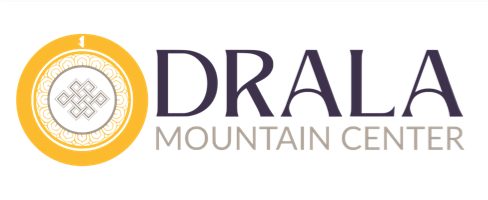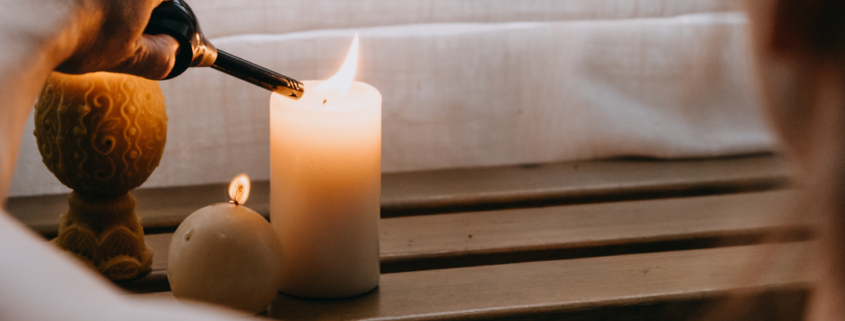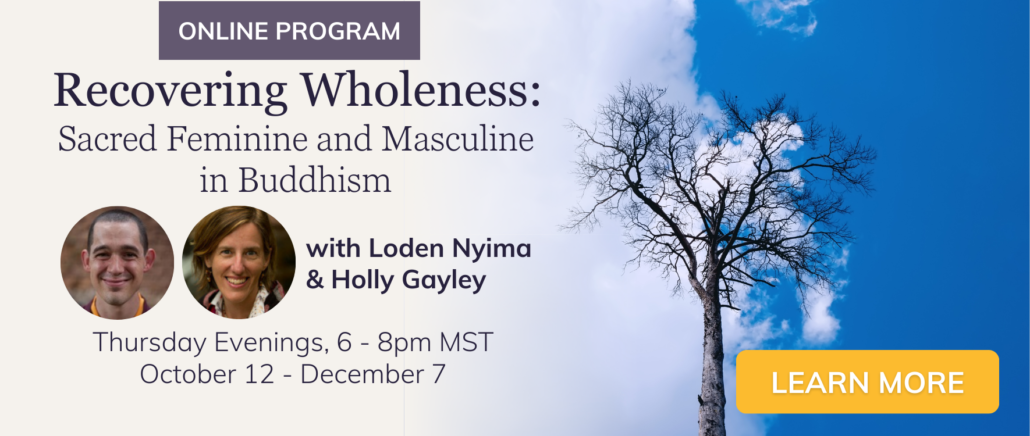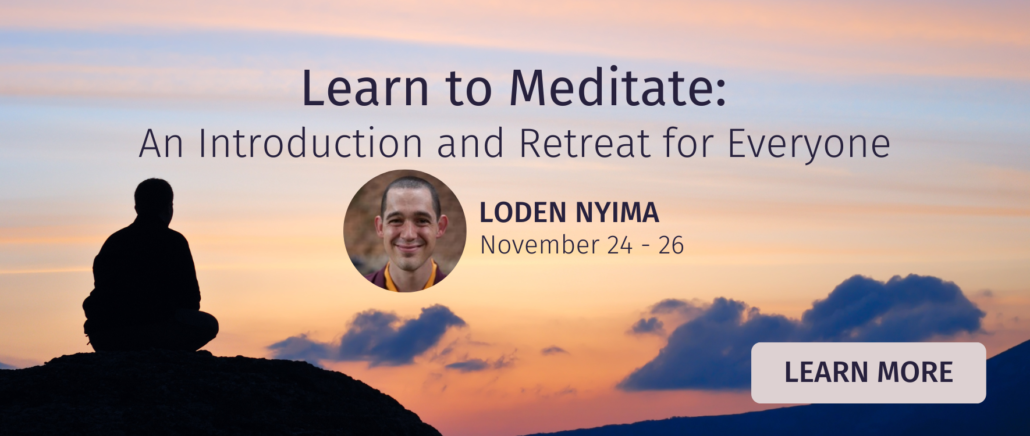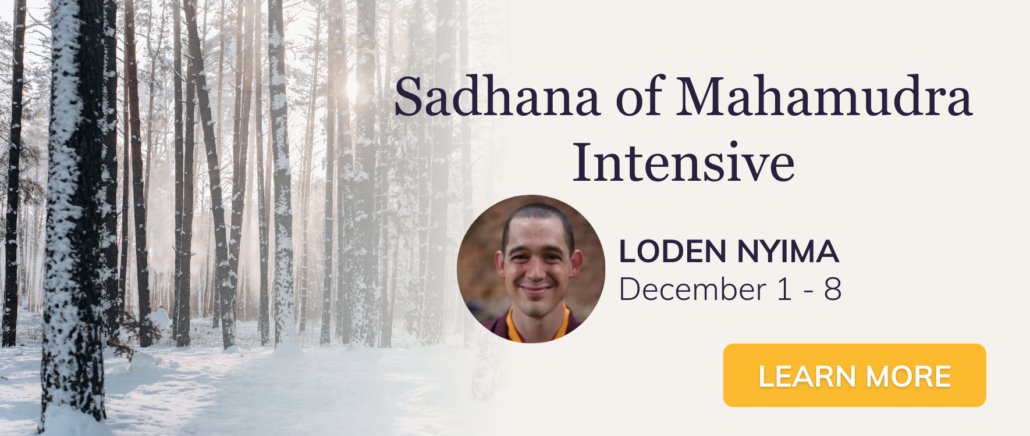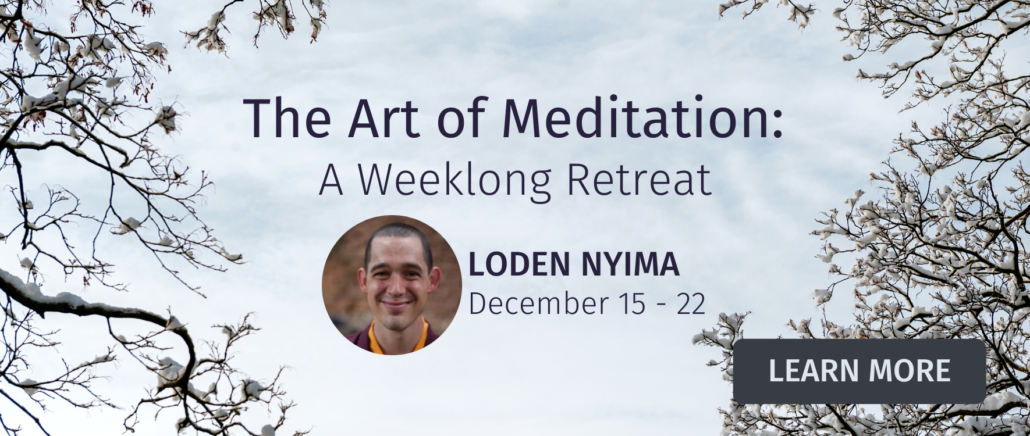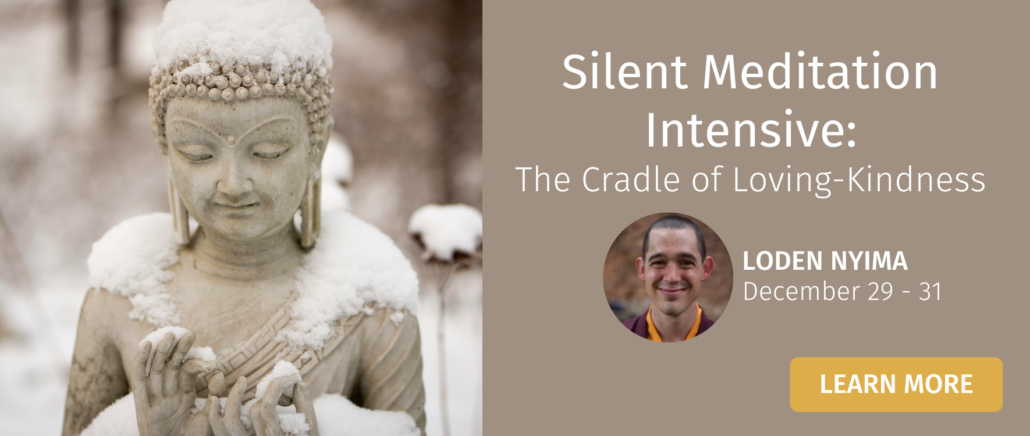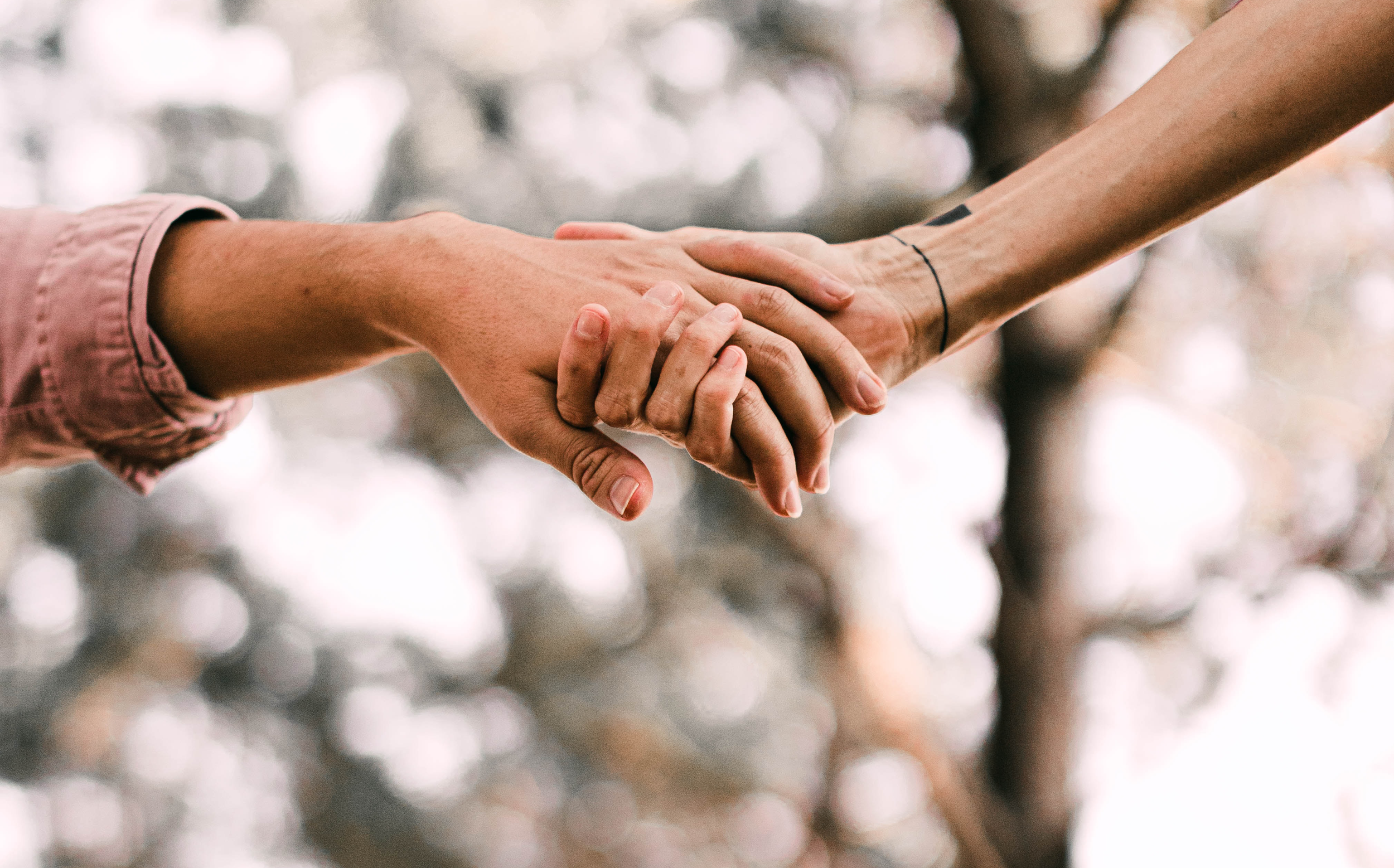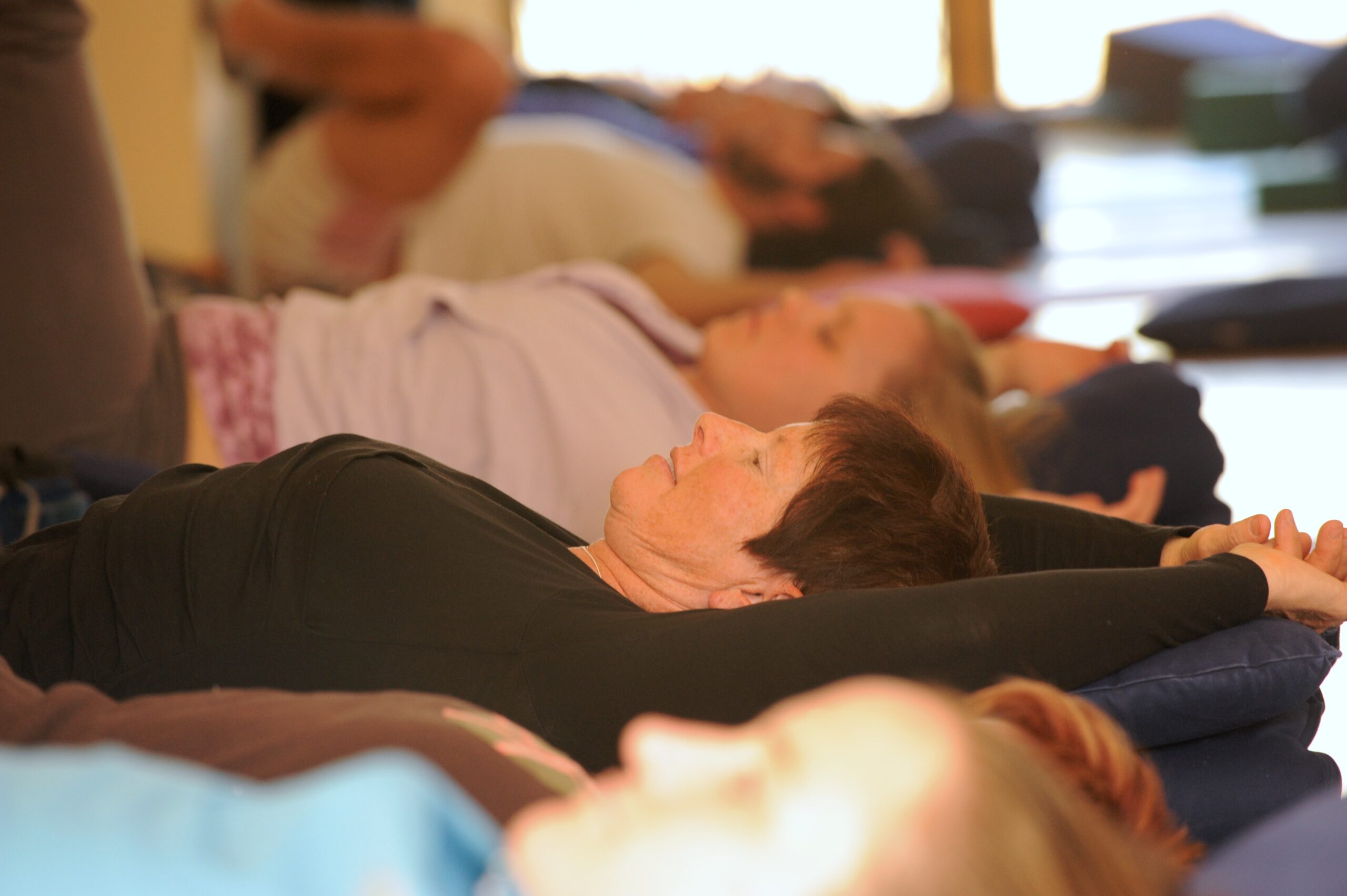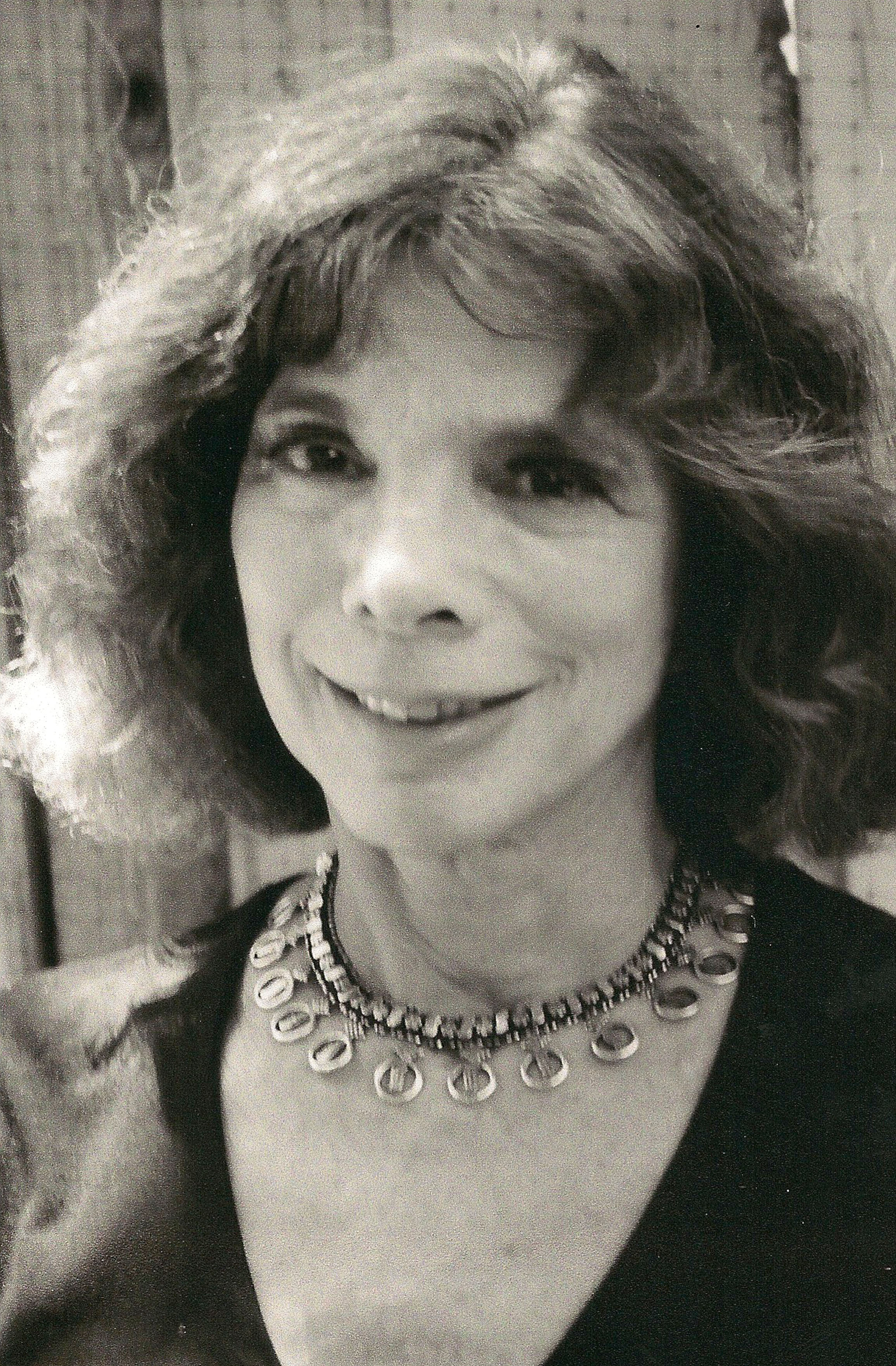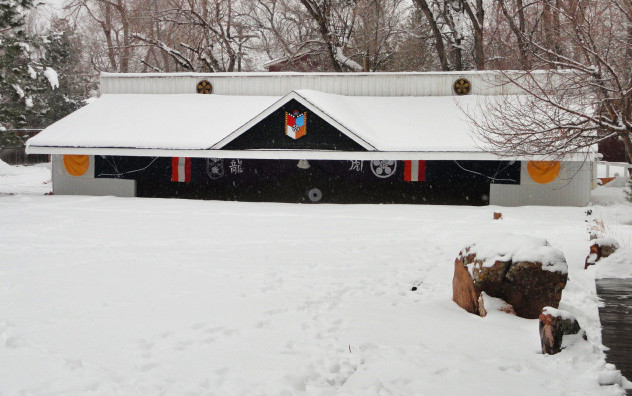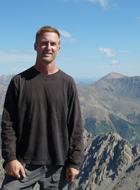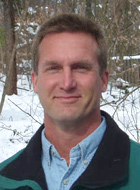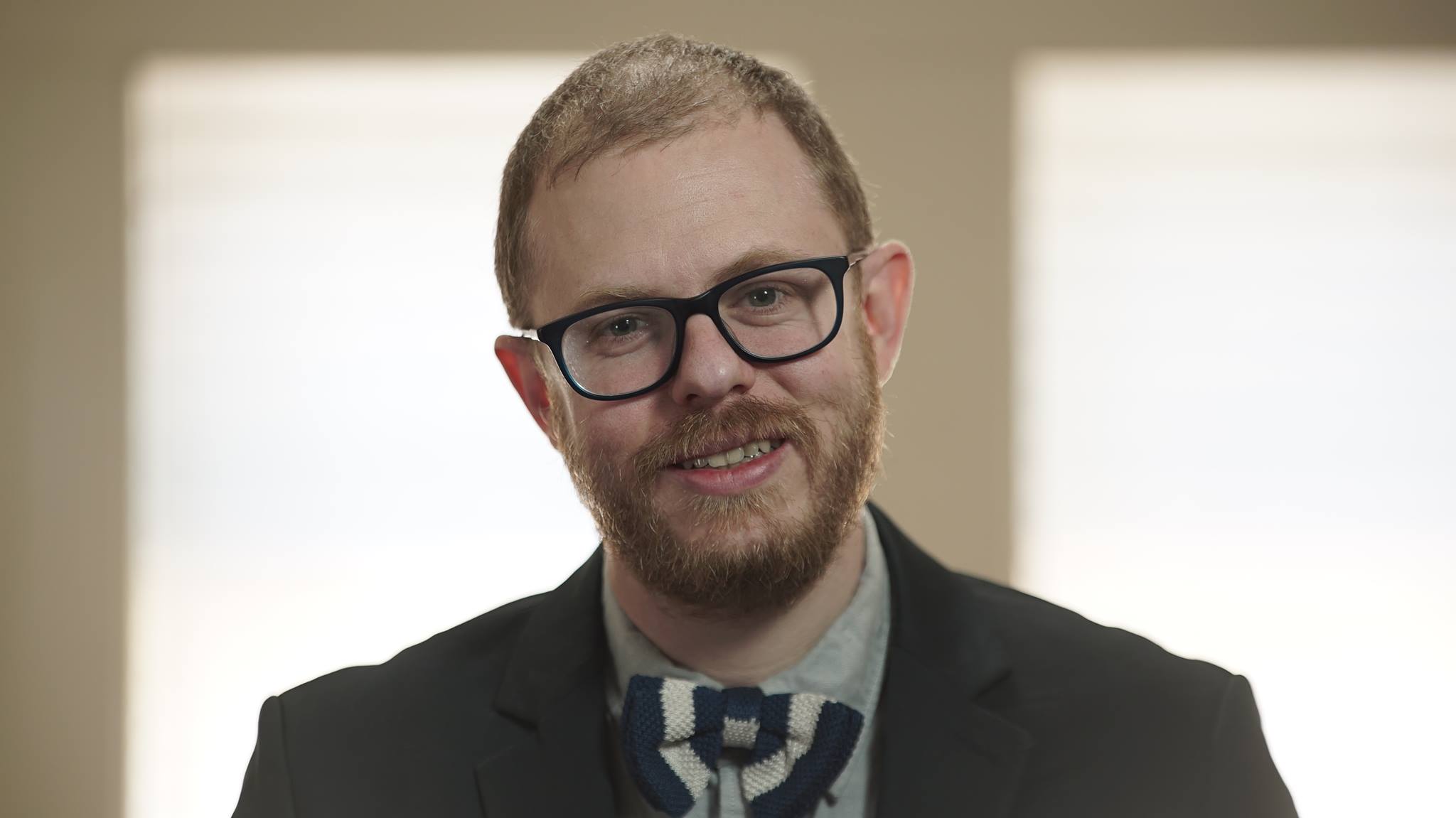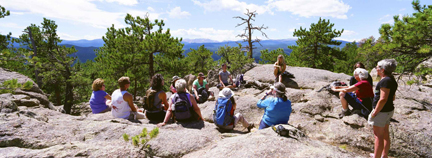Our Self-Healing, Self-Rejuvenating Mind
by: Loden Nyima, Resident Teacher at DMC
Many of us these days come to meditation or a spiritual path with a wish to heal. To heal from one or another form of suffering or turmoil that we’ve experienced, or from the pace, demands, and challenges of modern life. We often come seeking relief, peace, stillness, rejuvenation, wellness, and even freedom from whatever limiting conditions we experience.
The good news is that those qualities are already present in us already and are the parts of us doing the seeking and the asking. While we certainly don’t need to be a Buddhist or even interested in Buddhism to practice many forms of meditation (and I actually mean that!), one name for this part of ourselves is our Buddha nature. It’s our innate wisdom, compassion, freedom, health, and strength. The way it shines through in our lives can be by recognizing that we’re suffering and that we long to heal, to release, to be free.* It’s like longing for like. It’s the sun shining through the clouds, present all along.
Whatever we call it or, innately, our minds and hearts are wise, compassionate, connected, strong, resilient, and open. Otherwise, how would we have gone through all the ups and downs of life and still be here? Why would we care about other people, the world, or even ourselves or our pets? How would we know how we feel, what feels right and wrong, and what we need to do? Why on earth would we want to meditate?
Like the sky has accommodated all kinds of weather, our innate wisdom, compassion, and openness have accommodated everything we’ve experienced in life.
However, to the extent we get hung up on various thoughts, emotions, and experiences, or when they simply overwhelm us, or when we get hurt, there’s a part of ourselves that gets stuck. It’s sort of like a knot in a muscle, or a physical injury that gets stiff. Only with emotions, it’s on a more subtle level, and it creates a sort of knot in our spiritual bodies, and often even in our physical bodies.
We all know the saying “I had a knot in my stomach”, or perhaps the feeling of being so shut down it’s like there’s lead in our chest, or so nervous we have butterflies inside or tension in our heads, or so angry we feel hot, etc., etc. This is what I’m talking about—there’s an almost physical, metastasized quality to our emotions. In Buddhism we explain this through a subtle, spiritual, body that’s a bit like what Western science refers to as the nervous system, and so much more…
In any case, again, the good news is that we can actually heal and release these things completely. As a matter of fact, our minds and hearts, ourselves, our nature, is actually self-healing, self-rejuvenating, and even self-liberating or freeing! Like the sky…
The way we do this is by feeling what we feel, embracing ourselves totally as we are, and breathing. As we contact strong emotions, we can get curious about where they actually are in our bodies. How do they feel? What are they made of? Where are they?
Like massaging a knot in a muscle, we can gently breathe with our stuck emotions, with total acceptance, warmth, and love. We can trust ourselves enough to do that. As we do, we can remain curious about how they feel and where the space is in them. We can give them that space with our breath. And eventually, they loosen up, they melt, like ice back into water, or clouds dissolving in the sky. Our sky. Everyone’s sky.
As this happens, we can rest at deeper and deeper levels, and we can also learn that our thoughts and emotions have ever only been as solid as we’ve made them. When we embrace them with natural presence, they eventually dissolve, and so do we, and whatever wisdom and connection are there will only grow. In this way, we can learn to trust our self-healing, self-rejuvenating, self-liberating mind. We can be free.
*If anyone wants to check me on that, I’m paraphrasing from the fourth vajra point of Maitreya’s Uttaratantra, specifically where it describes the function of Buddha nature at the time of the path.
Feature photo by Mark Timberlake on Unsplash
Join Loden for these upcoming retreats:
Read Next: Coming to Our Senses
About the Author: Loden Nyima

